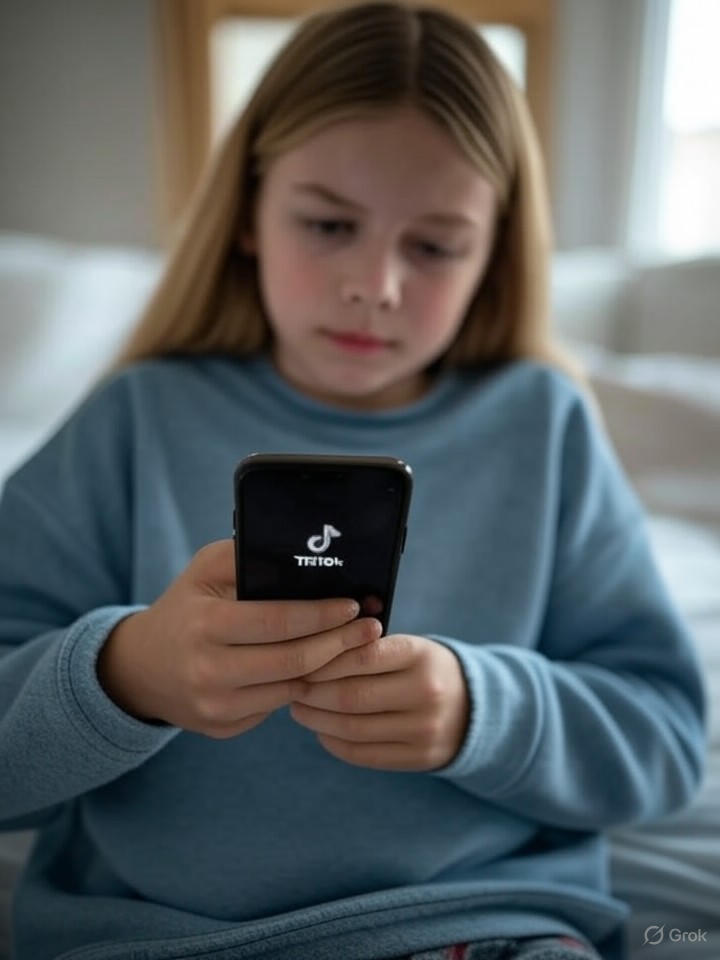TikTok, the wildly popular short-form video platform owned by ByteDance Ltd., has rolled out a suite of new features aimed at bolstering user safety and empowering content creators. Announced on Wednesday, these updates come amid growing scrutiny from regulators and parents over the app’s impact on young users. The enhancements build on TikTok’s existing Family Pairing system, which allows parents to link their accounts with their teenagers’ profiles to monitor and customize settings.
Central to the update is an expansion of parental controls that now include notifications for when a teen uploads a video or sends a direct message. This real-time alert system is designed to give guardians greater oversight without invading privacy entirely, according to details shared in a recent report by TechCrunch. Parents can also set restrictions on search capabilities, limiting what their children can discover on the platform, which addresses concerns about exposure to harmful content.
Enhancing Family Safety Through Notifications and Restrictions
Beyond notifications, the new tools enable parents to manage screen time more granularly, including setting daily limits and scheduling downtime periods. This move aligns with broader industry efforts to combat digital addiction among minors. TikTok’s executives have emphasized that these features were developed in consultation with child safety experts, aiming to foster a healthier online environment. The platform has faced criticism in the past for inadequate safeguards, making this update a strategic response to maintain user trust and comply with evolving regulations like the Children’s Online Privacy Protection Act in the U.S.
For creators, TikTok is introducing a fact-checking mechanism called Footnotes, which functions similarly to X’s Community Notes. This allows users to add context or corrections to videos, promoting accuracy in an era rife with misinformation. As reported by 9to5Mac, the feature is launching publicly in the U.S., enabling community-driven verification that could help mitigate the spread of false information on trending topics.
Empowering Creators with Fact-Checking and Moderation Tools
In addition to Footnotes, TikTok is deploying advanced AI moderation to flag potentially violative content more efficiently. Creators will receive new analytics tools to understand audience engagement better and refine their content strategies. These enhancements are particularly timely as TikTok competes with rivals like YouTube Shorts and Instagram Reels, where creator monetization and safety features are key battlegrounds. Industry analysts note that by equipping creators with these resources, TikTok is not only improving content quality but also positioning itself as a more responsible platform for brands and advertisers.
The rollout includes updates to TikTok’s trust and safety policies, incorporating feedback from global regulators. For instance, Lowyat.NET highlighted how the platform is expanding AI-driven content review to cover more languages and contexts, reducing the burden on human moderators. This is crucial for a app with over a billion users worldwide, where cultural nuances can complicate enforcement.
Regulatory Pressures and Global Implications
TikTok’s latest features also address criticisms from advocacy groups pushing for stricter parental controls. Parents can now control who their teens can message or follow, adding layers of protection against online harassment. According to The Independent, these tools will notify parents of new video uploads, potentially deterring risky behavior by increasing accountability.
On the creator side, the introduction of collaborative editing tools allows for joint content creation with built-in safety checks, fostering innovation while maintaining standards. TikTok’s move reflects a broader shift in social media, where platforms are investing heavily in AI to balance free expression with safety. As noted in coverage by Rappler, these updates aim to protect young users specifically, with features like age-appropriate content filters.
Future Outlook for Platform Accountability
Looking ahead, TikTok plans to iterate on these features based on user feedback, potentially integrating more biometric verification for age assurance. This could set a precedent for other apps, as governments worldwide ramp up demands for better child protections. The company’s proactive stance may help deflect ongoing legal challenges, including bans in certain regions over data privacy concerns.
Ultimately, these updates underscore TikTok’s commitment to evolving with user needs, blending enhanced parental oversight with creator empowerment. While challenges remain, such as ensuring equitable enforcement across diverse user bases, the features represent a significant step toward a safer, more reliable platform. Industry insiders will be watching closely to see how these tools impact engagement metrics and regulatory relations in the coming months.




 WebProNews is an iEntry Publication
WebProNews is an iEntry Publication